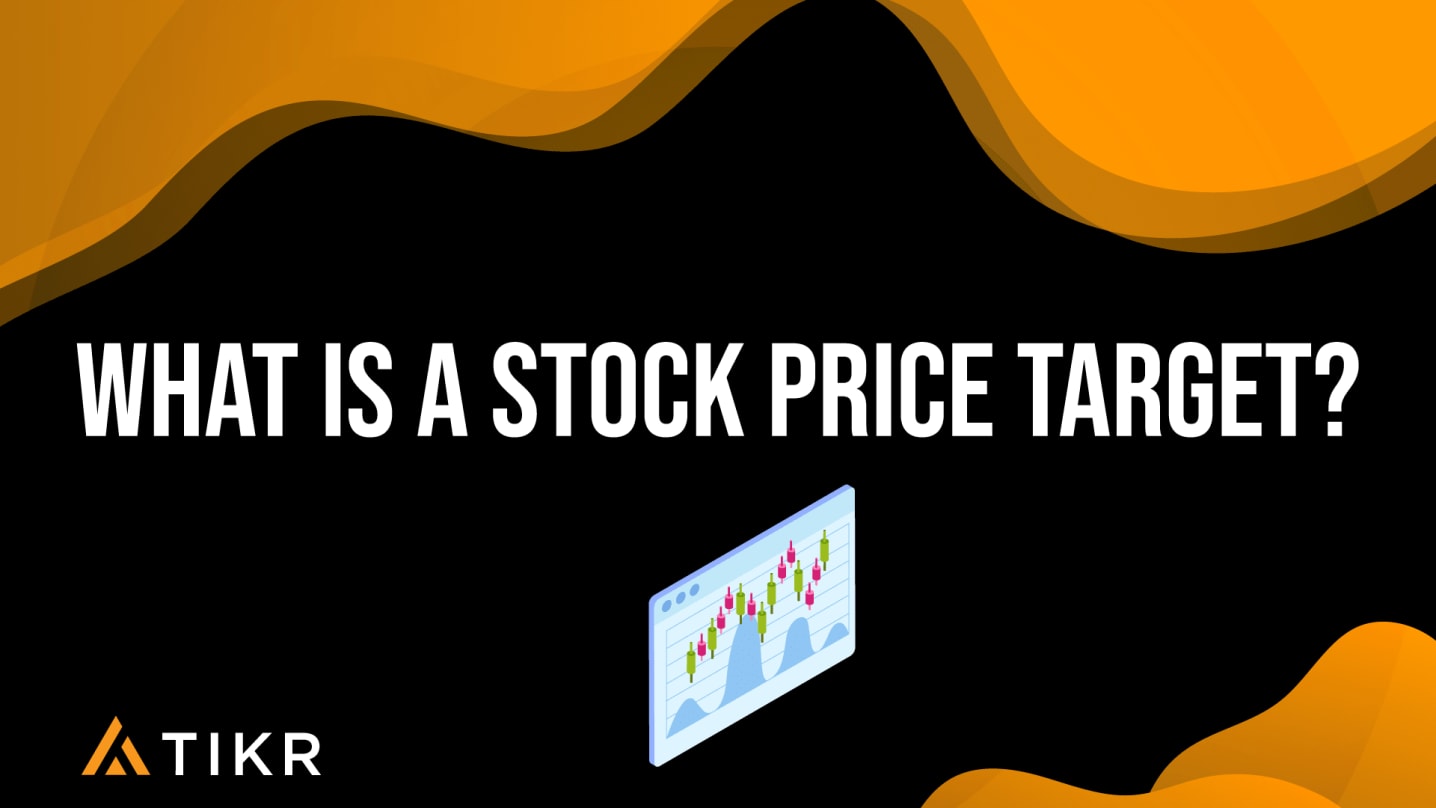When it comes to evaluating stocks, price targets can be useful. A price target is the estimated future value of a stock’s price, typically based on projected earnings, historical earnings, and economic conditions.
Wall Street equity research analysts typically provide stock price targets for the public companies that they cover. They also offer buy, sell, or hold recommendations. While there’s no guarantee a stock will hit an estimated price target, it can be helpful to review what analysts are forecasting for the stock.
Here’s everything you need to know about stock price targets and how to use Wall Street analyst reports to make wiser investment decisions.
What Is a Price Target?
A price target is a projection of a security’s future price typically over the next 12 to 18 months. Analysts can estimate price targets for various securities, including stocks, bonds, and other assets.
Price targets show what analysts think is a fair price for the stock. To determine a stock’s price target, analysts use various valuation methodologies to forecast a company’s future earnings. Based on the calculated price target, analysts will publish reports alongside their recommendations to buy, sell, or hold the stock in question.
Pro Tip: You can easily access Wall Street analysts’ price targets and buy, sell, hold recommendations on thousands of stocks globally at TIKR.com.
How Do Stock Price Targets Work?
Price targets tell you if a given stock is fairly valued based on its historical and projected earnings.
Investors often use price targets as reference points for making decisions about buying, selling, or holding stocks. However, it’s important to note that analyst price targets often change with what’s happening in the overall market.
If analysts increase a stock’s price target, they think its share price will increase. Conversely, lowering their price target means that analysts expect the share price to fall.
Pro Tip: TIKR also showcases Wall Street analysts’ forecasts for Revenue, EBITDA, EBIT, EPS, ROE and more over the next 5 years.
Factors for Determining Stock Price Targets
Determining a stock’s price target involves considering several factors, including:
- Earnings Per Share: This is one of the key metrics analysts use when calculating stock price targets.
- Supply and Demand: Price targets are founded on assumptions about a security’s future supply and demand dynamics. Changes in market sentiment can significantly influence a stock’s projected value.
- Technical Levels: Technical analysts rely on indicators, price patterns, trends, and momentum to forecast a security’s future price. Identifying areas of support and resistance aids in establishing price targets.
- Fundamentals: Analysts often base price targets on metrics like the price-to-earnings (P/E) ratio. This involves multiplying a company’s market price by its earnings, providing insight into valuation.
How Stock Price Targets are Calculated
Analysts have their own ways of calculating price targets. One of the price target formulas is using the price-to-Earnings (P/E) ratio. The analyst will forecast Earnings Per Share (EPS) and then multiply by a P/E multiple. The resulting number will be the price target.
For instance, Wall Street analysts currently forecast a $150 target stock price on average. This is a NTM EPS forecast of $6.15 multiplied by a P/E multiple of ~24x. This compares to the current stock price as of this article of $135, which implies a ~11% return to the price target.

How to Interpret Stock Price Targets
With a price target, you can tell if a stock is fairly valued, undervalued, or overvalued relative to its projected and historical earnings.
For example, if an analyst sets a target price that’s higher than the current price, it means that analysts expect the stock to rise in the future. In this case, analysts believe the stock is undervalued and may suggest buying the stock because there’s a potential for share price increase.
On the other hand, if the price target is lower than the current price, analysts expect the stock to fall. The analyst may believe the stock is overvalued and therefore suggest selling the stock.
It’s important to remember that price targets change, which means they may not always be accurate.
How Accurate are Analyst Price Targets?
While analysts put a lot of effort into determining stock price targets, they’re not always accurate. Price targets are an educated guess about what will happen over the next 12 to 18 months. Analysts often revise price targets as the overall market changes or new information comes in.
Analysts are humans and may let cognitive biases sway their judgments. For example, an analyst may overestimate a company’s future earnings simply because they’re overconfident about it.
Final Thoughts
Wall Street analysts provide stock price targets for stocks in their research coverage based on their forecasts of earnings. They also offer buy, sell, or hold recommendations. While there’s no guarantee a stock will hit an estimated price target, it can be helpful to review what analysts are forecasting for the stock.
TIKR.com is a fantastic resource that offers detailed Wall Street analyst stock price targets as well as their buy, sell, and hold recommendations. TIKR also offers detailed financial data, consensus estimates, screener, news, transcripts, and more. Get started on TIKR for FREE today!

